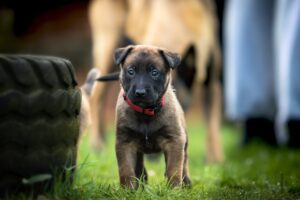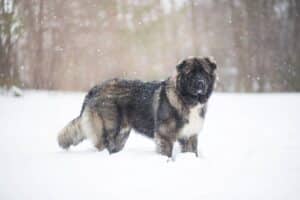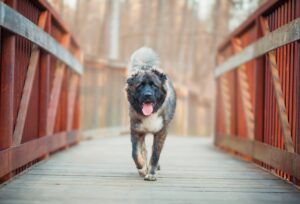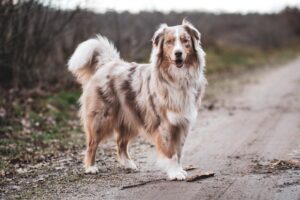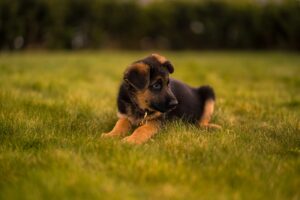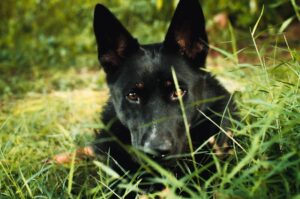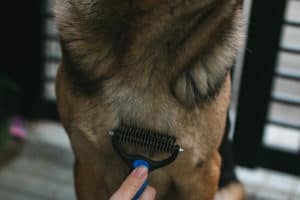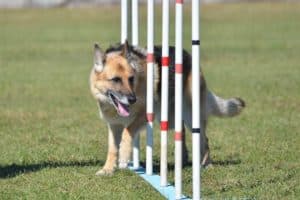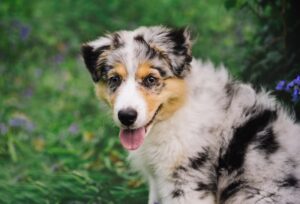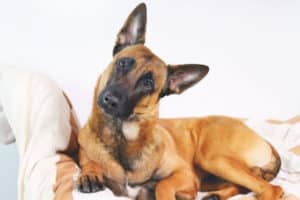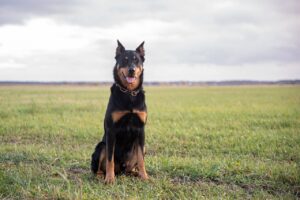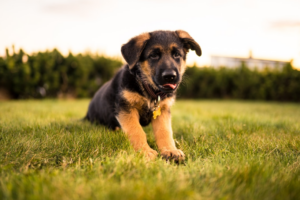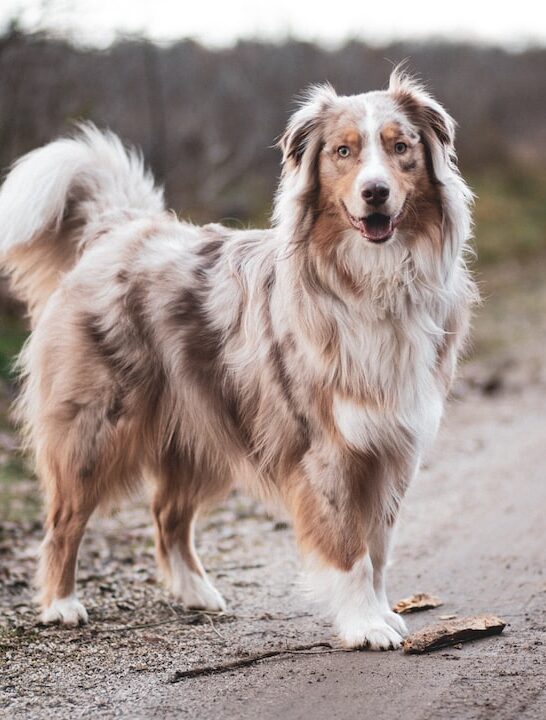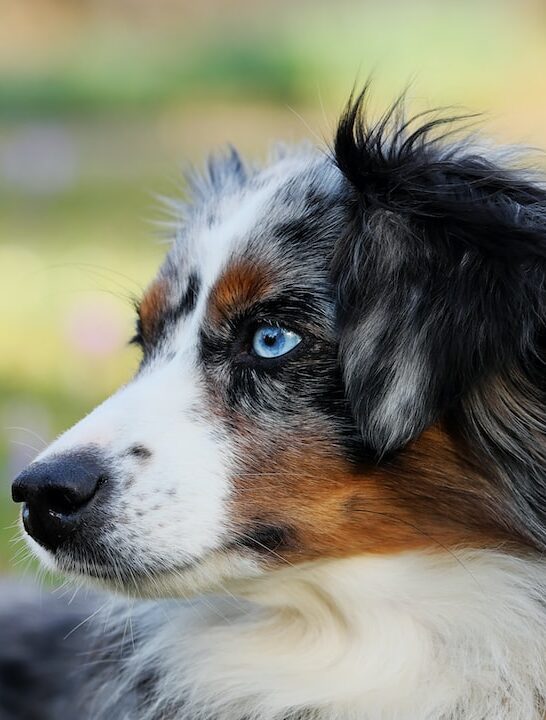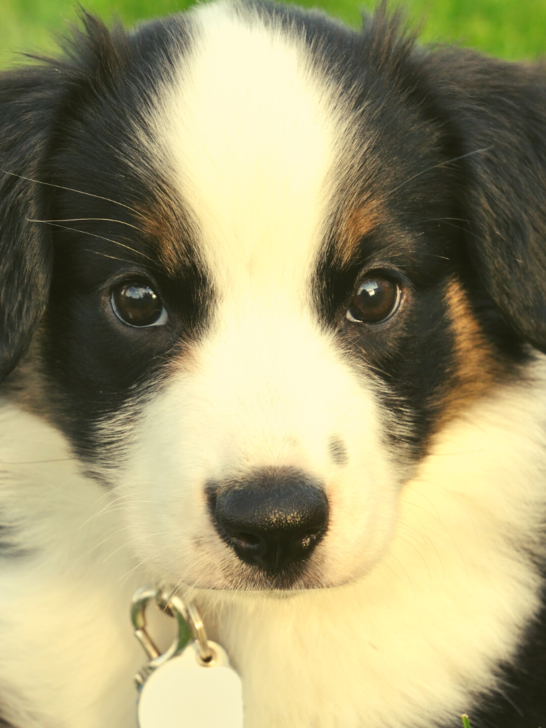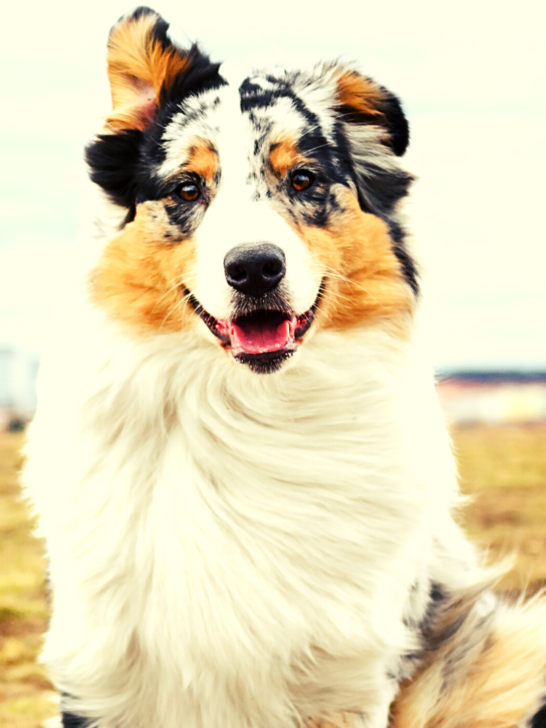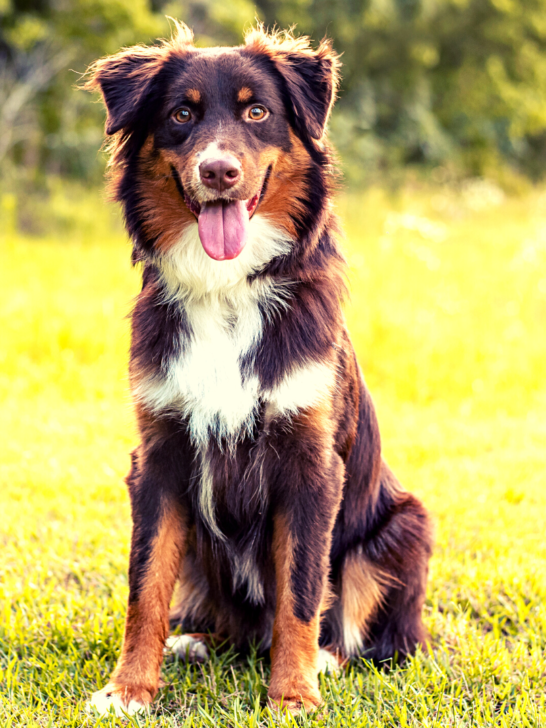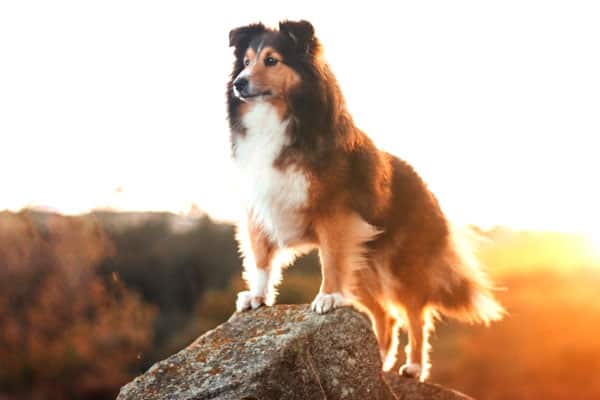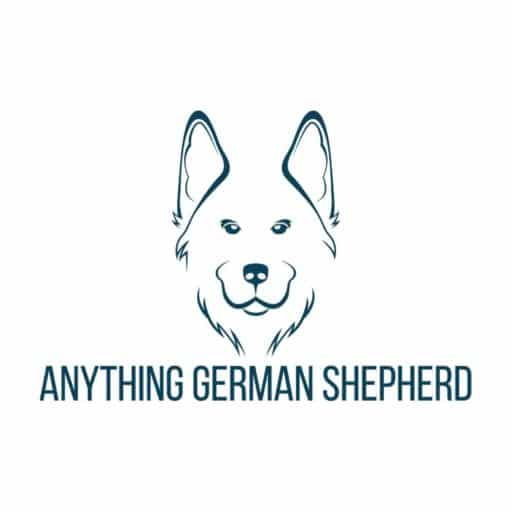Everything You Need to Know About the Short-Haired Australian Shepherd
Most people imagine an Australian Shepherd as a dog with a thick, fluffy, and soft coat. Aussies are well known for their eye-catching patterns and beautiful fur. But not all Australian Shepherds look like this. Some have shorter hair, and these short-haired Aussies are just as impressive and loving as the typical long-haired kind. Short-haired Australian Shepherds are not a separate type or a mix-it’s just a normal variety in the breed, with their main difference being a coat that’s less thick and easier to take care of.

What Is a Short-Haired Australian Shepherd?
A short-haired Australian Shepherd is simply an Australian Shepherd with a shorter coat. This isn’t a new breed, and it doesn’t mean the dog is mixed. They are pure Aussies, with the same high intelligence, energy, and friendly nature. The only real difference is coat length, giving them a different look and making grooming simpler for many owners.
Origins and Breed History
Interestingly, Australian Shepherds didn’t start out in Australia. Their story begins with Basque shepherds from Spain, who took their working dogs (Basque Shepherd dogs) as they moved first to Australia and later to the United States. The breed was refined in the American West, especially California in the 1800s, where ranchers admired their skills with livestock. The name “Australian Shepherd” caught on because of their connection to sheep that came from Australia and New Zealand. Through careful breeding, Aussies became a favorite among cowboys and rodeo circuits and are now known for being smart, adaptable, and hard-working.
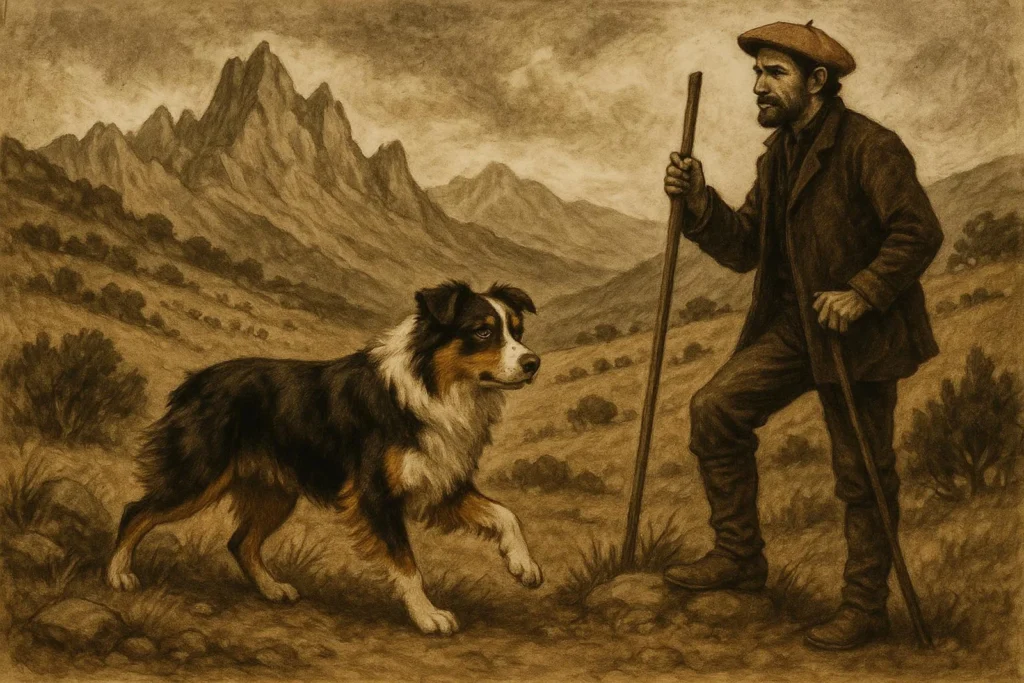
Appearance and Coat Differences
Short-haired Aussies look just like any other Australian Shepherd-except for the coat length. They are medium-sized, strong, and athletic, with deep chests and straight backs. Their heads match their bodies, and they have smart eyes and upright, triangle-shaped ears. Both short and long-haired Aussies have a double coat (a softer layer under a coarser top layer), and come in colors like black, red merle, blue merle, or solid red, often with white and tan markings. Each Aussie’s coat pattern is unique. The short-haired kind has fur that’s smooth and lies close to the body, while the long-haired variety has thicker, fluffier coats.
Short-Haired vs. Long-Haired Australian Shepherds
The main difference between short and long-haired Aussies is the coat. Both are smart, loyal, and active. But long-haired Aussies need more grooming to stop their fur from getting tangled, and regular brushing is important. Short-haired Aussies have easier-to-manage coats that don’t get tangled as easily, which can be helpful for owners who don’t have a lot of time for grooming. This makes short-haired Aussies a good choice for busy people or families who still want an active, loving dog.
| Feature | Short-Haired Aussie | Long-Haired Aussie |
|---|---|---|
| Coat Length | Short, slick, close to the body | Long, fluffy, and thick |
| Grooming Needs | Low | High |
| Shedding | Moderate to heavy at times | Heavy, especially during shedding seasons |
Can Australian Shepherds Have Short Hair?
Yes, Australian Shepherds can have short hair. Breed standards usually say Aussies have a medium coat, but shorter variants happen naturally. A short-haired Aussie is not less purebred-it just shows natural diversity within the breed. They are not rare, either.
Double-Coated Nature and Shedding Patterns
All Australian Shepherds (short or long-haired) have a double coat: a soft undercoat and a rougher outer layer. This double coat helps keep them warm or cool as needed. Even short-haired Aussies shed a lot, especially during spring and fall “shedding seasons” when they lose their undercoat. Regular brushing helps control this and keeps loose hair off your furniture.
Causes of Short Hair in Australian Shepherds
Short hair in Aussies comes down to genetics. If the right genes come together, puppies can be born with shorter coats even if their parents have long hair. Working-line Aussies-those bred for herding-are more likely to have short coats because it’s easier for them in the field (less fur to catch on things). Show breeders usually prefer long coats, but the genes for a short coat can still show up.
Common Misunderstandings About Short-Haired Aussies
- Some people think short-haired Aussies aren’t purebred, but that’s false. Coat length is just a natural difference.
- Others believe they don’t shed, but they actually do-just less noticeably.
- Some assume they aren’t as smart or athletic as long-haired Aussies-another myth. Short-haired Aussies are just as clever and capable as any other Aussie.
Physical Traits and Distinctive Features
Short-haired Aussies have the same body type and features that make the breed stand out. They are built for action, showing both strength and agility from their herding background. Their faces are very expressive, with intelligent eyes and alert ears.
Coat Colors and Markings
Just like the long-haired type, short-haired Aussies can be blue merle, red merle, solid black, or solid red, with or without white and tan points. These markings create a one-of-a-kind look for every dog-no two are exactly alike.
Unique Eye Colors
Australian Shepherds are famous for their striking eyes, which can be two different colors (heterochromia)-blue, brown, or amber. Some even have two colors in one eye. While blue eyes do not mean there are always eye problems, it’s sometimes easier to notice eye conditions when the eyes are lighter in color. Their unusual eyes add to the breed’s unique appearance.
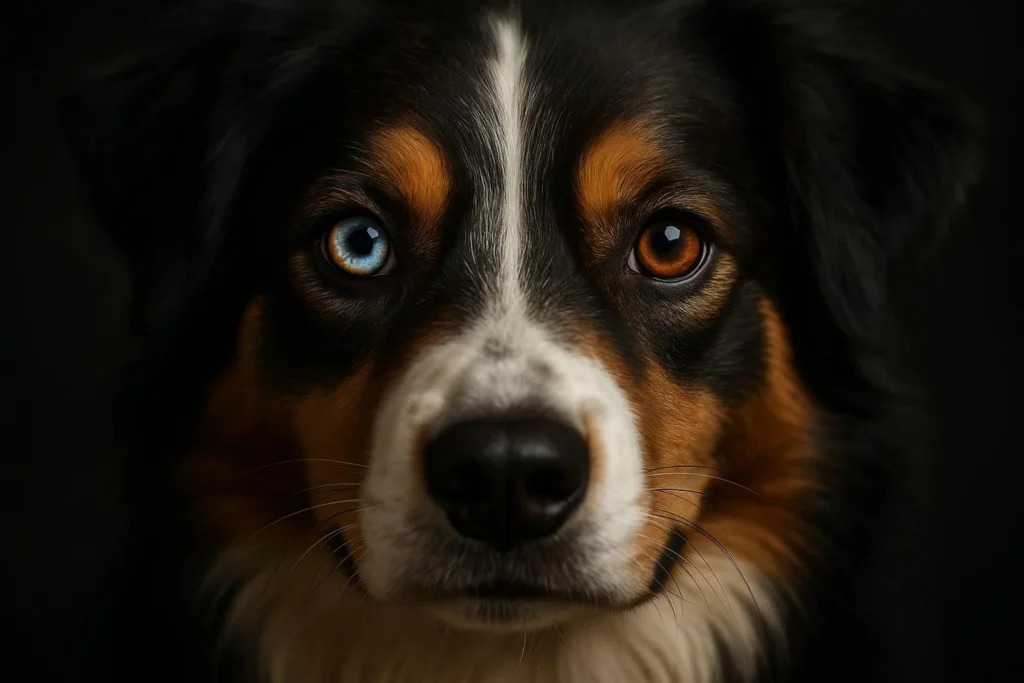
Tail Variations: Bobtail and Full Tail
Many Aussies have short or “bobbed” tails, a trait that was handy for herding work because it prevented injuries. About 20% are born with natural bobtails. Others have long tails. In the past, long tails were often docked (cut short)-but this is now illegal or limited in many places. So, in some countries, Aussies with full-length or partially bobbed tails are common.
Temperament and Behavior of Short-Haired Australian Shepherds
Short-haired Aussies act the same as long-haired ones. They are known for being very smart, energetic, and loyal. These dogs want to be active members of the family and need things to do.
Intelligence and Trainability
Short-haired Aussies are extremely smart and learn quickly. They are easy to train and respond well to commands, enjoying both basic training and complicated activities like agility. Using rewards and positive training helps them learn best. Keeping their minds busy with games and puzzles is important to avoid boredom and mischief.
Energy Levels and Exercise Needs
This breed has lots of energy and needs plenty of activity each day. They fit best with people or families who like to stay active. If an Aussie doesn’t get enough exercise and mental stimulation, it may start to develop bad habits or destructive behaviors. Daily walks, runs, and play are needed for a happy, healthy dog.
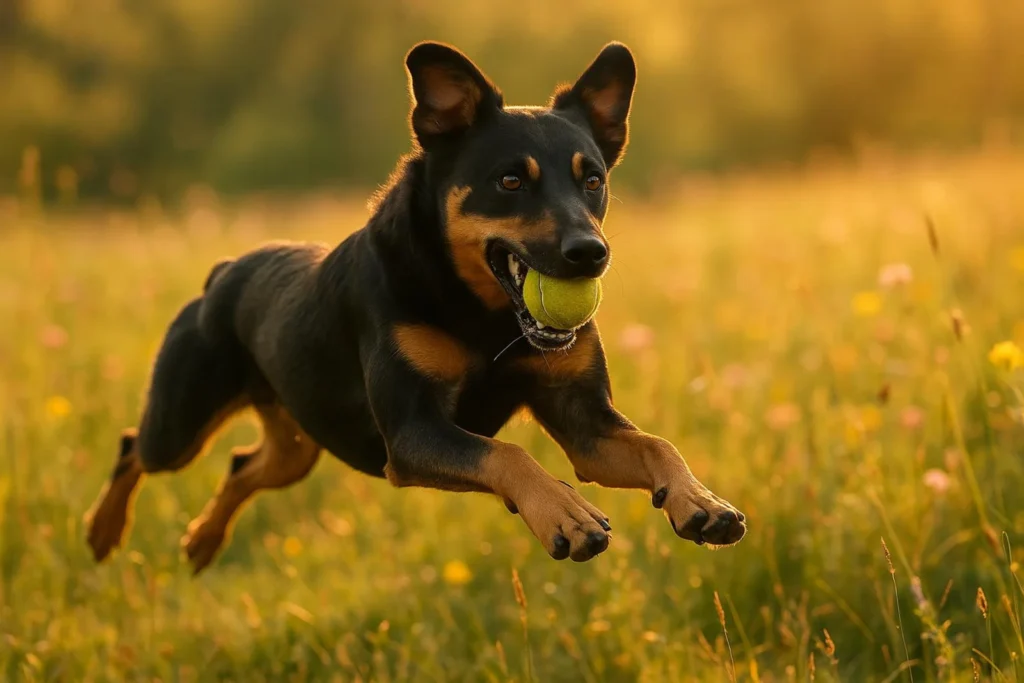
Socialization and Affection with Family
Short-haired Aussies are loving and form strong bonds with their families. They are very loyal and want to protect their “pack,” which includes children and other pets. They tend to be a little cautious of strangers at first, so early and steady socialization is important so they grow up confident. These dogs often love to snuggle and like to keep close to their families.
Instinctive Herding Behaviors
Even if bred mainly as pets, Aussies often keep shepherding instincts. They might try to herd children or pets by nipping at heels, which is normal but needs to be managed through training. Joining herding or sport classes is one way to give them a healthy outlet for this drive.
Health Considerations and Genetic Factors
Australian Shepherds, including short-haired ones, can be prone to some health problems. Being informed and taking action helps keep them healthy.
Double Merle Genetics and Related Problems
One main genetic concern in Aussies is the “double merle” gene. If two merle-pattern dogs are bred, puppies can inherit serious hearing or vision problems. These dogs may have mostly white coats and can be born blind, deaf, or have other eye issues like cataracts or small eyes. Sadly, there’s no fix for these health problems. Good breeders never breed two merle dogs together to avoid these risks.
Common Health Issues in the Breed
- Eye conditions (tear staining, conjunctivitis, cataracts, etc.)
- Skin and breathing problems
- A genetic mutation (MDR1) that causes drug sensitivities. A test is available for this.
- Hip dysplasia-a joint problem causing pain and trouble moving (affects around 6% of Aussies)
Regular vet visits, a good diet, and plenty of exercise support good health.
Diet and Nutrition for Healthy Skin and Coat
Giving Aussies a balanced, quality diet helps keep their coat shiny and skin healthy. Foods with omega-3 and omega-6 fats (from fish oil) are great for shine and can help with shedding. High protein supports hair growth and repair, so look for dog foods with meat like chicken or fish. Vitamins like A, E, and B are also valuable. Make sure your dog always has clean water. Some owners add a raw egg to the food once a week for extra protein, but it’s smart to check with a vet before adding new supplements.
Grooming and Coat Care for Short-Haired Australian Shepherds
Though short-haired Aussies are easier to care for than long-haired ones, they still need regular grooming to stay healthy and comfortable. Their short coat is less likely to tangle but still needs attention.
Recommended Grooming Tools
- Slicker brush: For loose fur and tangles.
- Undercoat rake: Helps remove dead undercoat fur during shedding seasons.
- Pin brush: Spreads natural oils and keeps fur smooth; works for daily brushing.
- Wide-toothed comb: Good for detangling, especially behind ears and under legs.
- De-shedding tool: Removes loose undercoat fur.
- Nail clippers/trimmers or nail grinder: For regular nail care.
- Dog shampoo and conditioner: Pick a gentle one for double-coated breeds.
Brushing and Preventing Mats
Even short-haired Aussies shed and should be brushed 2-3 times a week-daily when they shed the most in spring and fall. Brushing catches dead hair before it gets everywhere and keeps their coat healthy. Mats can still form behind ears and under legs, so check these areas. Use fingers or a de-matting comb gently if you find any knots.
Bathing and Choosing Shampoos
Bathe your Aussie every 6-8 weeks, or when dirty. Too many baths can dry out their skin. Always use dog-specific shampoos, and choose one for double coats if possible. Oatmeal shampoos are gentle for sensitive skin. Make sure you rinse thoroughly to avoid soap residue. A conditioner can help keep the coat soft and easy to brush.
Nail Trimming and Paw Care
Trim your dog’s nails every 2-4 weeks. Long nails can hurt and cause foot problems. Trim a little bit at a time to avoid the quick (the part that bleeds). For dark nails, go slowly and stop if you see a gray or pink oval. Also, check paws regularly for injuries or debris, and trim hair around the pads to avoid matting and dirt buildup. In extreme weather, paw balm or dog boots help protect feet.
Ear and Dental Hygiene
Check your Aussie’s ears every week for dirt, wax, or signs of infection like redness or odor. Use a dog-safe ear cleaner on a cotton ball, but don’t push anything deep inside. Brush your dog’s teeth 2-3 times a week using toothpaste made for dogs. Start gently and reward your dog with treats. Regular dental chews help but don’t replace brushing. A yearly vet dental checkup is also helpful.
Living with a Short-Haired Australian Shepherd
Owning a short-haired Australian Shepherd means bringing home a smart, active, and loving dog. They need an environment that matches their energy and intelligence.
Best Home Environments
Short-haired Aussies can do well in many types of homes-even apartments-if they get enough exercise and attention. They don’t do well being left alone for long hours or living a sedentary life. Active households where the dog can join daily walks, runs, or yard play are best. They should be part of family life, not kept outside or isolated.
Compatibility with Children and Other Pets
These dogs are usually great with kids and other pets, as they enjoy company and form strong bonds. Because of their herding instincts, they might sometimes try to “herd” children or animals with gentle nipping or chasing. Early training and socialization teach them proper social manners. With good introductions and supervision, short-haired Aussies are friendly, protective, and make wonderful family dogs.
How to Meet Their Activity and Mental Needs
To keep a short-haired Aussie happy, daily exercise is a must-walks, games, and even dog sports. Their sharp minds also need activity, so training new tricks, giving puzzle toys, or playing scent games are good ideas. Clear rules, a regular routine, and positive feedback during training help them feel secure and well-behaved.
Where to Find a Short-Haired Australian Shepherd
Thinking about adding a short-haired Aussie to your family? There are two main ways: find a good breeder or adopt from a rescue.
Breeders and Adoption Options
Some breeders may have short-haired puppies if those genes are present in their dogs. Always pick breeders who do health checks, allow you to meet the dogs, and are open with health and vaccination records. Some breeders may breed especially for shorter coats, but this isn’t guaranteed in every litter.
You can also adopt from Australian Shepherd rescue groups. Many of these rescues have both puppies and adults with shorter coats. This gives a dog in need a loving home and helps the rescue help more dogs. Look for breed-specific rescues or check local shelters.
How to Judge Coat Length in Puppies
It can be hard to know exactly how long a puppy’s fur will get. Looking at the parents can help if both carry the short-coat gene. Reputable breeders can talk about the chances of puppies with short fur. Some puppies may start with medium coats, getting shorter after the first big shed. However, coat length does not change the key traits-short-haired Aussies keep all the same qualities as the rest of the breed.
Things to Think About Before Adopting
- Short-haired Aussies need a lot of mental and physical activity.
- They don’t like being alone for long periods.
- Even with a short coat, they shed and need regular brushing.
- Make sure your living situation is safe and stimulating for an energetic dog.
- Be ready for herding behaviors and commit to steady training and socializing.
If you want a loyal, active, and quick-learning companion, a short-haired Aussie could be a great fit.
Frequently Asked Questions About Short-Haired Australian Shepherds
Do Short-Haired Australian Shepherds Shed?
Yes, they do. Their shedding may be less obvious than with long-haired Aussies, but they still have a dense double coat that sheds year-round, especially during spring and fall. Regular brushing is needed to manage all that loose fur.
Is It Safe to Shave an Australian Shepherd’s Coat?
No. Shaving an Aussie is not a good idea. Their double coat helps keep them cool in summer and warm in winter. Shaving interferes with this protection and can lead to problems like sunburn, heat stress, or poor coat regrowth. Groom them by regular brushing instead, and only remove mats if needed with help from a professional.
Can Coat Length Change Over Time?
You might not see your Aussie’s final coat until they are 18 months to 2 years old. Some pups seem medium-coated but reveal a shorter coat after their first big shed. Still, a dog with true short hair will stay that way-coat length doesn’t suddenly change to long. The short-hair gene stays with them for life.
How Often Should Grooming Be Done?
- Brush 2-3 times per week (daily during heavy shedding).
- Bathe every 6-8 weeks or when dirty.
- Trim nails every 2-4 weeks.
- Check ears weekly. Brush teeth 2-3 times a week.
- A grooming session at the groomer every few months can help too.
Important Points for New Owners
- Short-haired Australian Shepherds are smart, loyal, and active-just like the long-haired kind.
- Their easy-care coat makes them good for people wanting less grooming work.
- They suit active households who enjoy lots of outdoor and family activities.
- Consistent training and play are important for their happiness.
- They do shed, but brushing is easier than with the longer coat variety.
If you want a smart, loyal companion that enjoys being part of an active family, a short-haired Australian Shepherd is a great pick. With the right care and attention, this dog will bring plenty of fun and love into your home.

